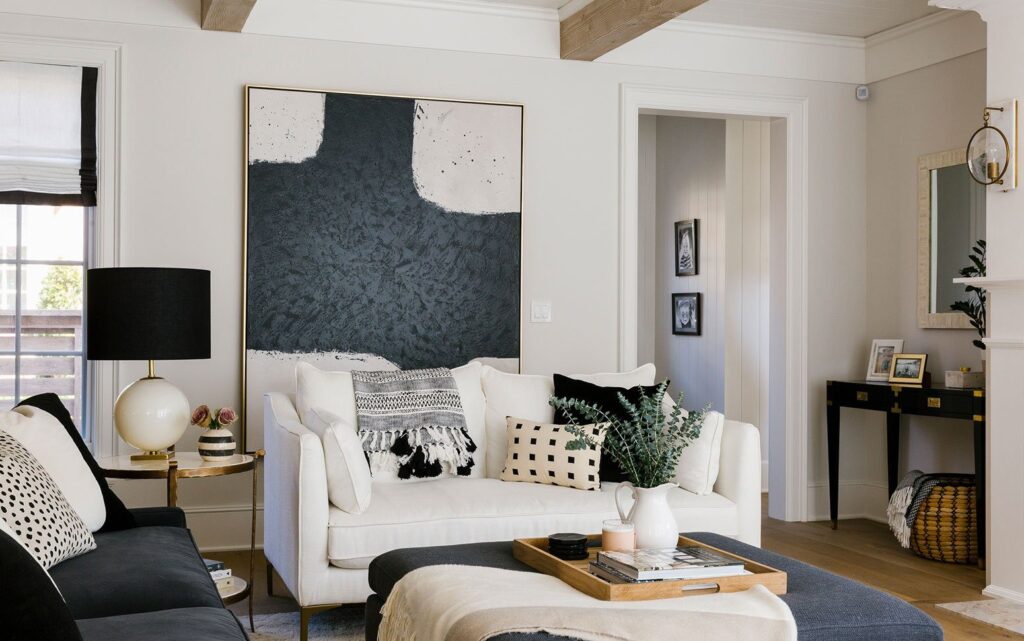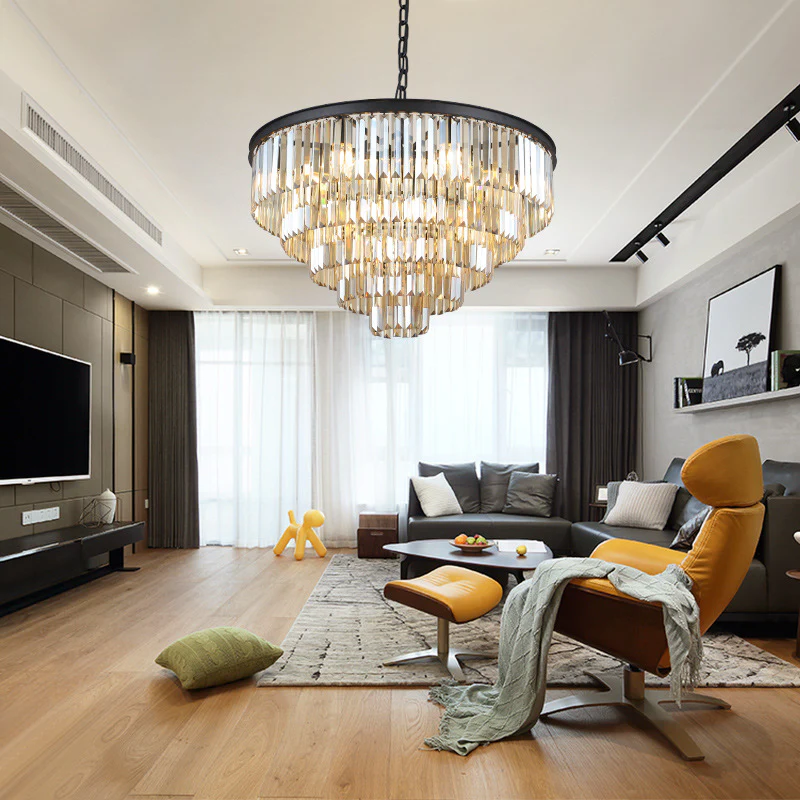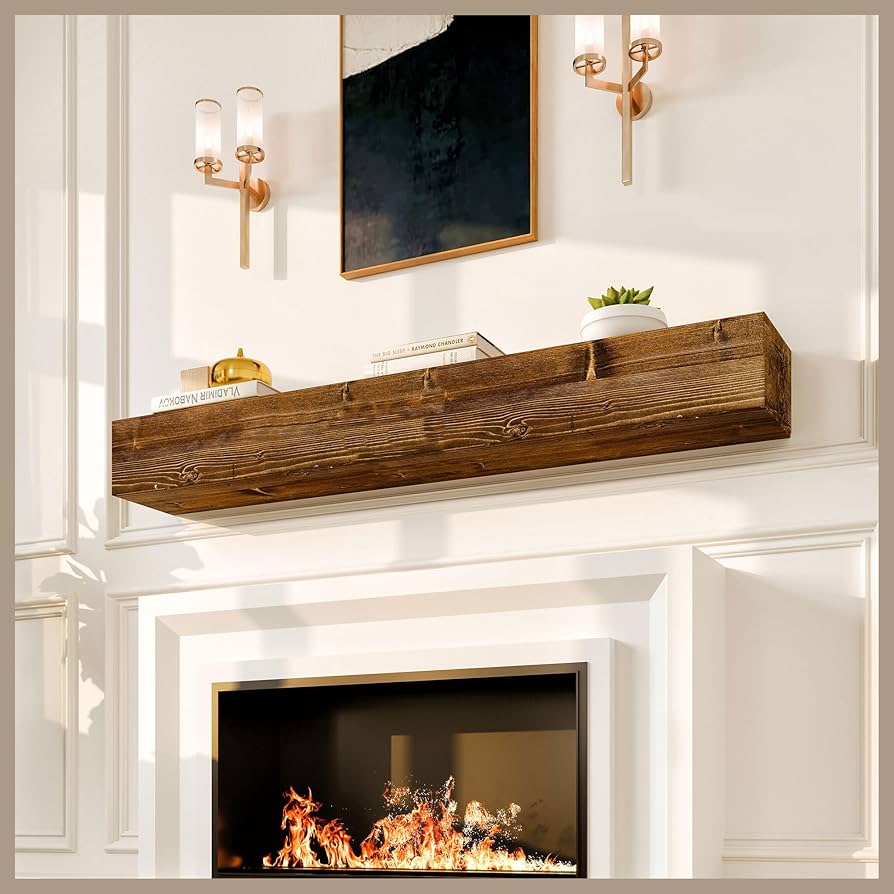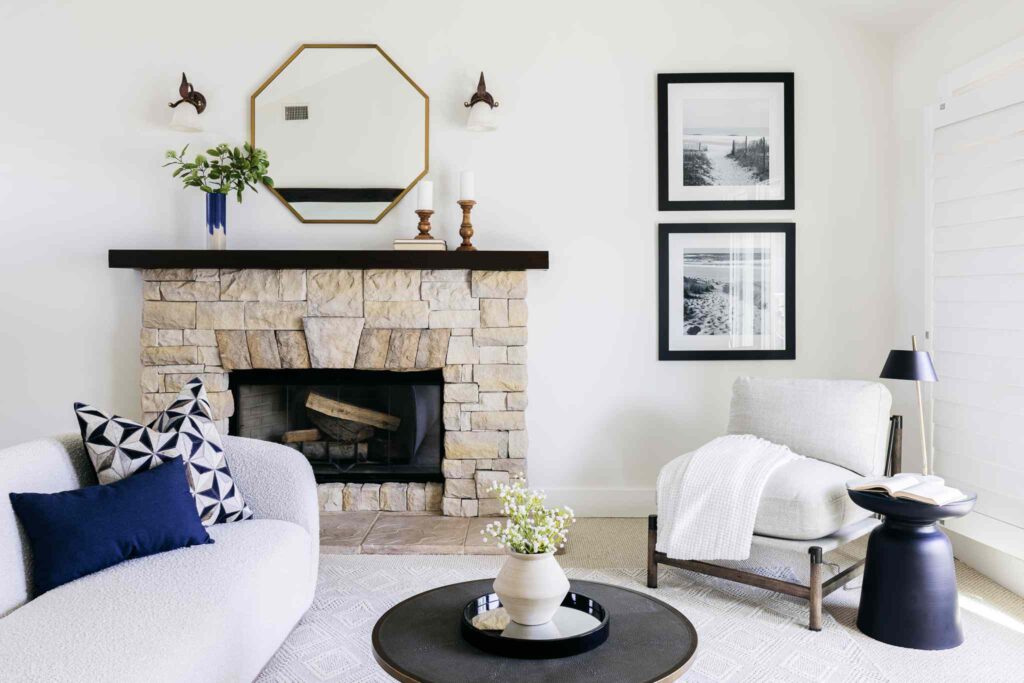Focal points are essential in home decor, acting as the visual anchor in any room. They draw attention, set the tone, and define the space’s character. Whether it’s a piece of art, a unique piece of furniture, or a structural element like a fireplace, the focal point becomes the centerpiece that everything else in the room is designed around. Creating an effective focal point can transform a bland space into a striking and cohesive environment.
The Importance of Focal Points in Interior Design
Focal points play a crucial role in interior design by guiding the eye and creating a sense of balance and harmony. They help in establishing hierarchy within the space, ensuring that the room doesn’t feel cluttered or chaotic. By focusing on a specific element, the room becomes more organized, and each piece of furniture or decor serves to complement the focal point rather than compete with it.
Benefits:
- Visual Interest: A well-chosen focal point adds intrigue and depth to a room, making it more visually appealing.
- Cohesion: It ties the room together, ensuring that all design elements work in harmony.
- Guides Attention: Focal points help direct the viewer’s gaze to the most important area of the room, making the space feel intentional and thoughtfully designed.
Types of Focal Points
When designing a room, selecting the right focal point is key. There are various types of focal points that you can incorporate depending on the room’s function, size, and style.
- Architectural Elements: Features like fireplaces, large windows, or built-in bookshelves can naturally become focal points due to their prominent placement in a room.
- Artwork: A large, bold piece of art can dominate a space, making it an ideal focal point.
- Furniture: A statement piece of furniture, such as a unique sofa or an elegant dining table, can serve as the central point of attention.
- Lighting Fixtures: A chandelier or a dramatic pendant light can draw the eye upwards and serve as an effective focal point in a room.
How to Create Focal Points in Different Rooms
Creating focal points varies depending on the room you’re designing. Here’s how you can effectively establish focal points in different spaces:
Living Room:
- Art Above the Mantel: If your living room has a fireplace, placing a large piece of art above it can enhance the mantel’s prominence.
- Statement Furniture: Use a bold-colored sofa or a uniquely designed coffee table as the room’s focal point.
Bedroom:
- Bed as the Focal Point: In bedrooms, the bed naturally becomes the focal point. Enhance it with a striking headboard or an arrangement of decorative pillows.
- Accent Wall: Create an accent wall behind the bed using bold paint, wallpaper, or textured materials to draw attention to the bed area.
Dining Room:
- Dining Table: The dining table should be the center of attention in a dining room. Choose a table with a unique design or finish to make it stand out.
- Lighting: A chandelier above the dining table can also serve as a secondary focal point, adding elegance and focus to the space.
Product Examples: Best Products for Creating Focal Points
Here are some real-world products that can be used to create stunning focal points in your home:
1. Oversized Wall Art

A large, bold piece of wall art can instantly capture attention and set the tone for the room. Consider a canvas print of a modern abstract painting or a framed photograph with vivid colors.
2. Statement Sofa

A statement sofa with a unique design or vibrant upholstery can become the focal point of your living room. Choose a style that complements your overall decor while still standing out as a centerpiece.
3. Chandelier or Pendant Lighting

Lighting can dramatically change the mood of a room. A chandelier or a large pendant light can serve as a focal point, particularly in dining rooms or entryways.
4. Accent Chair

An accent chair with an eye-catching pattern or bold color can add a touch of personality to any room. Place it in a corner or next to a window to draw attention and create a cozy nook.
5. Fireplace Mantel

If you have a fireplace, the mantel can serve as an ideal focal point. Decorate it with a mix of candles, vases, and small artworks to make it the center of attention in your living room.
Product Comparison: Choosing the Right Focal Point Product
Oversized Wall Art vs. Statement Sofa:
- Pros: Wall art is easy to change and customize, while a statement sofa adds functionality along with visual appeal.
- Cons: Wall art can be limited by available wall space, whereas a sofa might dominate a small room.
- Price: Wall art can range from $200 to $1,000 depending on the artist and size, while a statement sofa typically costs between $800 and $3,000.
- Features: Wall art can be personalized to reflect your style, while a statement sofa provides comfort and style in one piece.
Why Focal Points Matter in Home Decor
Focal points are not just about aesthetics; they also have a practical purpose in interior design. They help create a sense of order and focus in a room, making the space feel more organized and inviting. A well-designed focal point can elevate the overall decor and make your home feel more cohesive and intentional.
Benefits of Using Specific Products as Focal Points:
- Personalization: Using products like wall art or statement furniture allows you to express your personal style and make the space uniquely yours.
- Functionality: Some focal point products, like sofas or dining tables, are not only decorative but also serve a practical purpose, making them essential elements in your home.
Where to Buy Focal Point Products
When looking for products to create focal points in your home, it’s essential to choose quality items that will make a lasting impression.
Where to Buy:
- Wayfair: Offers a wide range of wall art, statement furniture, and lighting options. Visit the Wayfair Website for more details.
- West Elm: Known for its modern and stylish furniture and decor. Explore options on the West Elm Website.
- Crate & Barrel: Provides high-quality, timeless pieces that can serve as focal points in any room. Shop at the Crate & Barrel Website.
How to Buy:
- Visit the retailer’s website.
- Search for the specific product category (e.g., wall art, statement sofa).
- Compare options, read reviews, and choose the product that best suits your space.
- Complete the purchase online or visit a physical store if available.
Price: Prices for focal point products vary widely depending on the type, size, and brand. Budget-friendly options are available, but investing in a quality piece can make a significant difference in your home’s decor.
Use Cases: Solving Design Challenges with Focal Points
Focal points can solve several design challenges, such as creating a cohesive look in a large room or adding interest to a bland space. They are particularly useful in open-plan homes where defining separate areas can be challenging.
Why People Need Focal Points:
- To Define a Space: In open-plan living areas, focal points help in visually separating different functions, such as the living room and dining area.
- To Add Interest: In rooms that lack architectural features, focal points can introduce visual interest and depth.
- To Balance a Room: If a room feels off-balance, a focal point can help in creating symmetry and harmony.
FAQs
1. Can I have more than one focal point in a room?
Yes, you can have multiple focal points in a room, but it’s essential to ensure they don’t compete with each other. Each focal point should complement the others to maintain a balanced look.
2. What if my room doesn’t have a natural focal point?
If your room lacks a natural focal point, you can create one using decor items such as art, furniture, or lighting. Choose a piece that stands out and position it in a way that draws attention.
3. How do I choose the right focal point for my room?
Consider the size, function, and style of the room. Larger rooms might benefit from architectural focal points like a fireplace, while smaller rooms could use a piece of art or a unique furniture item. Your personal style and the room’s overall decor should also influence your choice.
